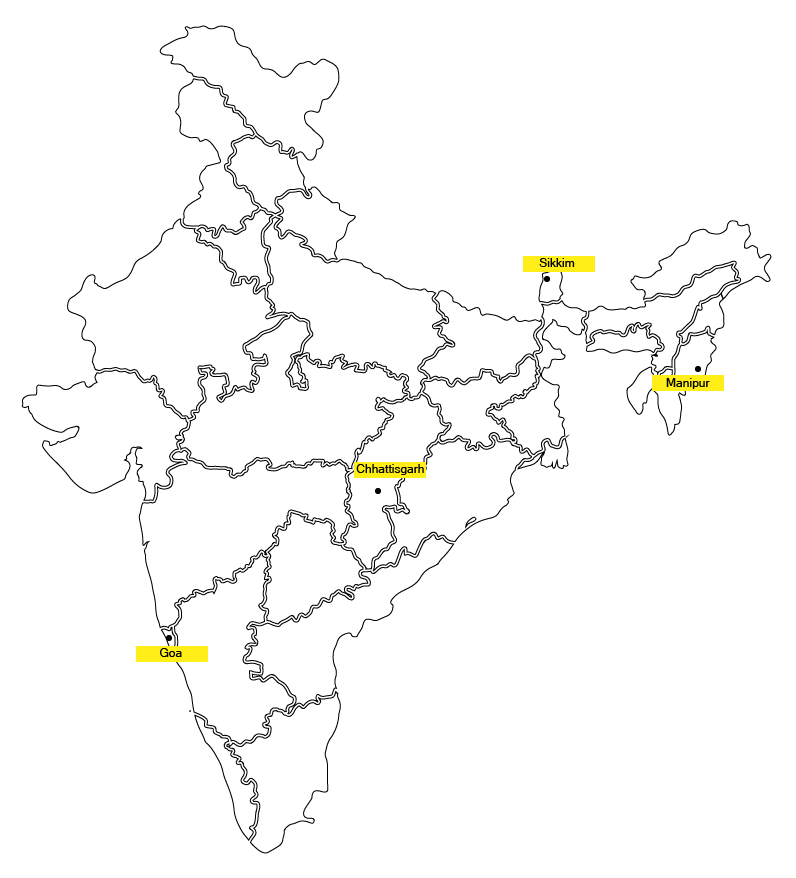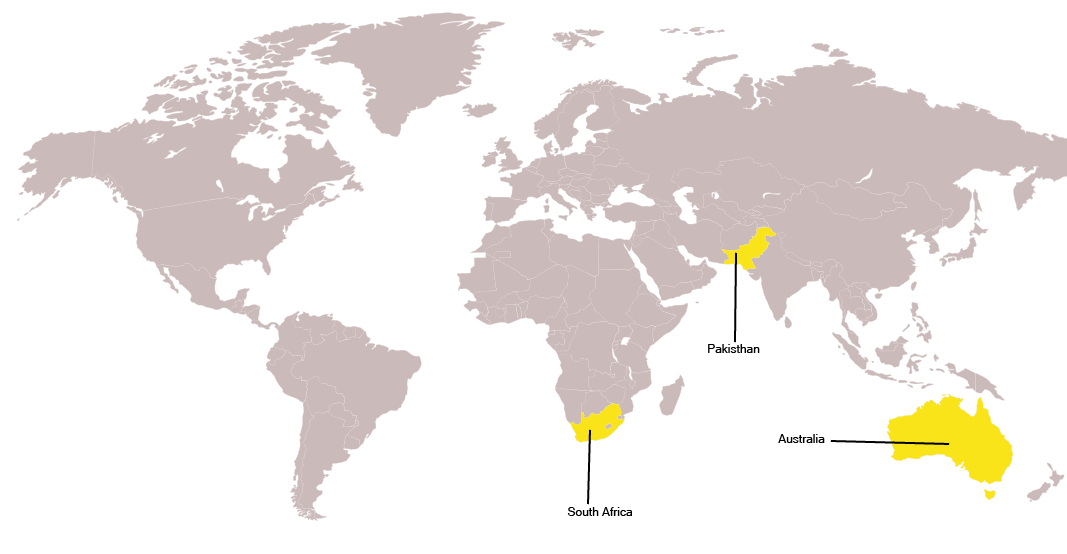Federalism Questions and Answers for Class 10 Students
NCERT Solutions for Class 10 Social Science Chapter 2 Federalism 2025-26

FAQs on NCERT Solutions for Class 10 Social Science Chapter 2 Federalism 2025-26
1. What is the correct way to define federalism as per NCERT Class 10 Civics Chapter 2?
Based on the NCERT solutions for the 2025-26 syllabus, federalism is a system of government where power is divided between a central authority and its various constituent units, like states. Both these levels of government enjoy their power independent of the other, as their respective areas of jurisdiction are specified in the Constitution. For example, in India, both the Union Government and the State Governments have distinct powers.
2. How does the Indian Constitution divide legislative powers between the Centre and States in the federal system?
The NCERT solutions for Chapter 2 explain that the Constitution provides a three-fold distribution of legislative powers, detailed in three lists:
- Union List: Includes subjects of national importance like defence, foreign affairs, and currency. Only the Union Government can make laws on these.
- State List: Contains subjects of State and local importance such as police, trade, and agriculture. State Governments alone can make laws here.
- Concurrent List: Covers subjects of common interest to both, like education, forests, and marriage. Both Union and State Governments can legislate. If their laws conflict, the Union law prevails.
3. What is the main difference between a federal and a unitary form of government, explained with examples?
The key difference lies in the distribution of power. In a federal system (like India or the USA), power is shared between two or more levels of government (central and state), with both having constitutional authority. In a unitary system (like the UK or Sri Lanka), there is only one level of government, or the sub-units are subordinate to the central government, which can pass orders to them.
4. How can you distinguish between 'coming together' and 'holding together' federations as per the NCERT textbook?
The NCERT solutions explain two routes to forming federations:
- 'Coming together' federation: Independent states join to form a bigger unit, pooling sovereignty to increase security. All constituent states usually have equal power. Examples include the USA and Australia.
- 'Holding together' federation: A large country divides its power between the national government and the constituent states to accommodate diversity. The central government is typically more powerful. Examples are India and Spain.
5. What was the impact of the 1992 Constitutional amendment on local self-government in India?
The 1992 amendment, as detailed in the NCERT solutions, was a major step towards decentralisation. Key changes included:
- It became constitutionally mandatory to hold regular elections for local government bodies.
- Seats were reserved in elected bodies for Scheduled Castes, Scheduled Tribes, and Other Backward Classes.
- At least one-third of all positions were reserved for women.
- An independent State Election Commission was created in each state to conduct panchayat and municipal elections.
- State governments are required to share some powers and revenue with local government bodies.
6. Why is the judiciary considered the guardian of federalism in India?
The judiciary plays a crucial role in overseeing the implementation of constitutional provisions. According to the NCERT solutions, if any dispute arises about the division of powers between the Centre and States, the High Courts and the Supreme Court have the jurisdiction to make a decision. This ensures that no single level of government can unilaterally change the power-sharing arrangement, thus protecting the federal structure.
7. In case of a conflict over a law on a 'Concurrent List' subject, whose law prevails?
As per the constitutional provisions explained in the NCERT solutions for Class 10 Civics, if there is a conflict between a law made by the Parliament (Union Government) and a law made by a State Legislature on a subject in the Concurrent List, the law made by the Parliament will prevail.
8. Why is the central government in India considered more powerful than the state governments?
India's 'holding together' federation design gives more power to the Union government to maintain national unity. This is evident in several ways explained in the NCERT chapter:
- The Union government has authority over more crucial subjects in the Union List.
- It has overriding authority on subjects in the Concurrent List.
- The Parliament has the power to alter the boundaries of states.
- The Union government has special powers for certain territories (Union Territories).
- During emergencies, power becomes highly centralised.
9. How did the creation of linguistic states strengthen the practice of federalism in India?
The formation of states based on language has made the country more united and administration easier. Instead of weakening the country, as some initially feared, this policy of accommodation has strengthened federalism by:
- Recognising and respecting regional and linguistic diversity.
- Allowing people who speak the same language to live in the same state, which makes governance more accessible and representative.
- Reducing the risk of major conflicts over language and culture, thereby promoting national unity.
10. What is decentralisation and why is it essential for a vast country like India?
Decentralisation is the process of taking power away from the central and state governments and giving it to local governments (Panchayats and Municipalities). According to the NCERT solutions, this is crucial for India because:
- It helps in the effective management of a large and diverse population.
- Many problems and issues are best settled at the local level as local people have better knowledge of their specific problems.
- It promotes the direct participation of citizens in decision-making, which is the very spirit of democracy.
11. What is the correct method to answer a question comparing the federal systems of India and Belgium?
To correctly answer this as per the NCERT syllabus, you should point out both similarities and differences.
- Similarity: Both India and Belgium follow a 'holding together' model of federalism where power is shared between the central government and regional/state governments to accommodate diversity.
- Difference: The key difference is that Belgium has a third kind of government called the 'community government', which deals with cultural, educational, and language-related issues. India does not have this specific type of government.
12. How do coalition governments at the Centre reinforce the spirit of federalism?
The rise of regional political parties since 1990 has often led to coalition governments at the Centre. This has strengthened federalism because:
- No single national party could secure a majority, forcing them to form alliances with regional parties.
- This led to a new culture of power-sharing and respect for the autonomy of State Governments.
- The interests and concerns of states, represented by regional parties, gained more prominence in national policy-making.




















 Watch Video
Watch Video






















